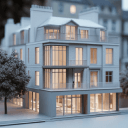Incorporating design principles in 3D interior models enhances both aesthetics and functionality. Balance, harmony, and contrast guide the spatial arrangement, ensuring spaces are visually appealing and practical. Balance distributes visual weight evenly, while harmony creates a cohesive look through similar elements. Contrast introduces visual interest by using opposing elements. Studies indicate that balanced environments improve human comfort and productivity, with a research by the Environmental Design Research Association highlighting a 25% increase in productivity in well-designed spaces.
Texture and color influence mood and perception in 3D models. Textures, including smooth (marble countertops) and rough (woolen rugs), add depth and can influence the perception of temperature. Colors affect emotions, with blue promoting calmness and red increasing energy levels. A study by the University of Texas found that color impacts productivity and mood, with blue environments enhancing creativity and red areas increasing attention to detail.
3D modeling software differs in features, usability, and output quality. Arcadium 3D offers a unique advantage by providing simple, uncomplicated tools tailored for interior designers and design enthusiasts. Unlike complex programs requiring extensive training, Arcadium 3D enables users to create 3D house plans within minutes, making it accessible for those with limited technical expertise. This ease of use ensures that integrating design principles into 3D interior models becomes a seamless process, empowering users to bring their visions to life efficiently.
Contents:
Maximizing Space Utilization in 3D Interior Models
How does one ensure every inch contributes to the overall aesthetic and functionality? By meticulously analyzing every corner for potential. Sofas, chairs, and tables occupy the central zones, while shelves and cabinets hug the perimeters. This distribution allows for fluid movement paths and creates zones of activity, enhancing both the utility and appeal of the space.
What strategies elevate the perception of spaciousness? Strategic placement of mirrors and the choice of lighter colors play pivotal roles. Mirrors reflect light and vistas, effectively doubling the visual expanse of rooms. Light hues, such as creams and pastels, recede visually, making walls seem further apart than they actually are. These elements, when applied thoughtfully, can transform cramped quarters into airy, welcoming environments.
Why is it crucial to prioritize functionality alongside aesthetics? Because every element must serve a purpose. Beds with storage compartments, foldable desks, and modular seating arrangements provide flexibility and preserve open areas. Such furnishings address storage needs without sacrificing style or comfort, proving that practicality and beauty can coexist harmoniously in well-designed spaces.
Maximizing space utilization in 3D interior models showcases significant advantages over traditional layouts with fixed furnishings. Spaces with adaptable furniture arrangements enable users to tailor their environment to current needs, offering superior flexibility. Environments designed with an emphasis on open areas facilitate better light distribution, making them appear brighter and more inviting than their more cluttered counterparts. The intelligent use of vertical space for storage enhances the functionality of small areas, making them more efficient and livable than similar spaces that underutilize height.
Incorporating Lighting and Shadows for Realism
How can lighting enhance the realism in 3D interior models? Effective lighting mimics natural sources, such as the sun and lamps. These elements illuminate interiors, casting shadows and highlighting textures. Accurately placed light sources reveal material qualities, like the gloss on polished floors or the roughness on textured walls.
Why are shadows crucial in 3D modeling? Shadows anchor objects to their environment, creating a sense of depth and space. Without shadows, furniture appears to float, lacking connection to the floor. The presence of shadows under chairs or tables reinforces their physicality, making scenes believable.
What techniques improve the realism of shadows? Soft shadowing techniques, such as ambient occlusion, simulate diffuse light reflection, enhancing spatial perception. This method prevents shadows from appearing too harsh or unrealistic, unlike the stark contrasts seen with direct lighting only. Utilizing soft shadows around objects’ edges softens their appearance, integrating them seamlessly into the scene.
In 3D interior modeling, integrating lighting and shadows effectively surpasses basic texture application in achieving realism. While textures define surface details, lighting, and shadows dictate how these textures interact with the environment's light. This interaction influences the model's overall mood, turning a flat representation into a dynamic space that feels more inviting and authentic.
Selection of Materials and Textures in Design
Why is the choice of materials crucial in 3D interior models? It influences both aesthetics and functionality. Durable materials ensure longevity, whereas visually appealing textures contribute to the overall ambiance. Fabrics like silk and velvet add a touch of luxury, while metals such as steel and aluminum offer sleekness and durability.
How do textures impact the perception of space? They can either enhance or diminish the sense of size. Rough textures make spaces feel cozy and intimate, absorbing light and creating shadow effects. Smooth textures, in contrast, reflect light, making rooms appear more spacious and airier. Materials like wood and stone bring warmth and natural beauty, contrasting with the coolness of glass and ceramics.
What role do material properties play in sustainability and maintenance? Eco-friendly materials reduce environmental impact. Recycled glass and reclaimed wood are examples, promoting sustainability without compromising design quality. Low-maintenance materials, including laminate and quartz, provide ease of care, essential for high-traffic areas.
In evaluating materials and textures, natural elements often surpass synthetic alternatives in enhancing environmental quality and health benefits. Wood, a natural insulator, exceeds plastic in warmth retention and moisture regulation. Stone floors remain cooler underfoot than synthetic carpet, offering a superior choice for warm climates. Thus, selection in 3D interior modeling not only dictates visual and tactile experiences but also influences environmental comfort and sustainability.
Balancing Color Schemes for Aesthetic Appeal
How does one ensure a harmonious balance in color schemes? Selecting complementary colors establishes visual harmony. Walls serve as the canvas, while furniture acts as highlights. Ceilings represent the sky, grounding the design with a neutral tone. Fabrics and accessories inject pops of contrast, breaking the monotony.
What role do contrasts play in enhancing aesthetic appeal? Employing contrasting colors accentuates key features. Dark floors contrast with light walls, creating depth. Bright cushions stand out against dark sofas, drawing attention. Matte finishes on walls juxtapose with glossy tables, enriching textures.
Why is repetition important in a color scheme? It creates a rhythm, guiding the viewer's eye across the room. A repeated hue in curtains, rugs, and artwork unifies the space. This repetition solidifies the design theme, making disparate elements cohesive.
Balanced color schemes exhibit greater appeal than imbalanced ones, as harmony engages the viewer's senses more effectively. Rooms with a thoughtful mix of hues and contrasts feel more welcoming than those without. Properly balanced interiors highlight design features more effectively, making spaces not only visually appealing but also functionally cohesive.
Enhancing 3D Models with Smart Furniture Placement
How does one ensure that furniture pieces contribute to the overall aesthetics and functionality of 3D interior models? By strategically positioning items such as chairs, tables, and sofas, spaces become more inviting and practical. Chairs provide resting points, tables serve as work or dining areas, and sofas offer relaxation zones, each enhancing the model's appeal and usability.
What role do color and texture play in furniture selection for 3D models? They are fundamental in creating ambiance and mood. Dark hues absorb light, making rooms appear smaller, whereas light colors reflect light, making spaces seem larger. Soft textures invite touch and comfort, while sleek materials convey modernity and cleanliness, influencing the model’s perceived comfort and space.
Can the arrangement of furniture impact the flow of movement within a model? Absolutely. By organizing furniture to create clear pathways, rooms feel more accessible and navigable. This arrangement prevents clutter, ensuring that movement is unimpeded, which is essential for demonstrating practical use of space in 3D models.
In enhancing 3D models, smart furniture placement proves more effective in optimizing space than random or cluttered arrangements. Spaces with carefully chosen and positioned furniture appear larger and more functional than those without such consideration. This strategic placement also highlights the design's aesthetics, making the model not only more appealing but also demonstrating a deeper understanding of interior design principles.
Optimizing Flow and Functionality
How can designers ensure optimal flow in 3D interior models? Start by mapping the movement patterns of users. Chairs, tables, and sofas guide individuals through spaces, dictating a path that should feel intuitive. Proper arrangement prevents congestion, enhancing the user's journey from one area to another.
Why is functionality critical in 3D interior design? It focuses on the practical aspects of space. Desks for work, beds for sleeping, and shelves for storage serve specific purposes, directly influencing the user's quality of life. Designs that prioritize functionality ensure that every element has a purpose, eliminating redundancy and promoting efficiency.
What role do aesthetics play in the functionality and flow of a space? Aesthetics, encompassing color schemes, lighting, and decorative items, significantly affect the perception of space. Bright colors can make rooms appear larger, soft lighting can create a relaxed atmosphere, and strategic placement of art can draw attention to focal points, thus guiding movement and interaction within the space.
Spaces with optimized flow and functionality offer enhanced user experiences over those that do not prioritize these aspects. A well-designed room allows for seamless transitions between activities, like from rest to work or from individual to social gatherings, without the need to rearrange furniture. Meanwhile, functionality ensures that every design element serves a purpose, reducing clutter and increasing usability. In contrast, less thoughtfully designed spaces may lead to frustration and underutilization, as users struggle to adapt to an environment that does not cater to their needs effectively.
Leveraging Technology for Detailed Previews
How does leveraging technology enhance the detail in 3D interior models? Advanced software tools allow designers to create intricate models that showcase textures such as velvet or satin, light effects like sunlight through windows, and shadows from furniture. These tools simulate real-world conditions, offering clients a realistic preview of their projects. Designers adjust elements easily, ensuring the final model meets client expectations perfectly.
What role does technology play in visualizing different design principles? By employing 3D modeling software, architects and interior designers demonstrate principles such as balance, contrast, and harmony in a tangible way. Virtual reality, for instance, immerses clients in the designed space, allowing them to experience the harmony between objects firsthand. This approach clarifies how various elements come together to create a cohesive interior.
Why is feedback important in the design process, and how does technology facilitate it? Immediate feedback loops become possible with digital previews, enabling quick iterations based on client suggestions. Tools like cloud-based platforms allow for the sharing of models with clients globally, who can then provide comments directly on the digital file. This process ensures that modifications are accurate, reflecting the client's vision effectively before any physical work begins.
In terms of providing detailed previews, traditional methods fall short against the capabilities of modern technology. Sketches and physical models cannot capture the depth of detail that software-based 3D models can, nor do they offer the same level of interactivity and easy revision. The accuracy and flexibility of digital models streamline the decision-making process, enhancing client satisfaction and reducing the likelihood of costly changes during the physical realization of the project.
Sustainability Considerations in Interior Modeling
How does sustainability factor into 3D interior modeling? By prioritizing materials and methods that reduce environmental impact. Recycled fabrics serve as upholstery; bamboo and cork replace traditional hardwoods. These choices promote conservation, reduce waste, and ensure habitats remain undisturbed.
What strategies ensure long-term sustainability in interior designs? Opting for energy-efficient lighting and appliances stands paramount. Solar panels generate electricity, LED bulbs consume less power, and energy-star rated appliances decrease electricity use. This approach slashes utility bills, diminishes carbon footprints, and fosters renewable energy adoption.
Can technology enhance sustainability in 3D interior modeling? Absolutely, through advanced simulation software that predicts energy consumption and material longevity. Programs assess daylighting potential, optimizing natural light use, and virtual reality tests ergonomics and space utilization without physical prototypes. Consequently, errors decrease, resource efficiency increases, and design phases compress.
In terms of environmental impact, materials like bamboo and recycled fabrics exhibit significantly lower resource depletion rates than conventional alternatives. Solar panels produce fewer greenhouse gases over their lifespan than traditional energy sources do. Advanced software enables more precise planning, leading to fewer wasted materials and a smaller ecological footprint, illustrating a profound shift towards more sustainable practices in 3D interior modeling.


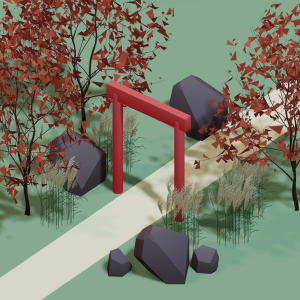 All training, tips and articles
All training, tips and articles
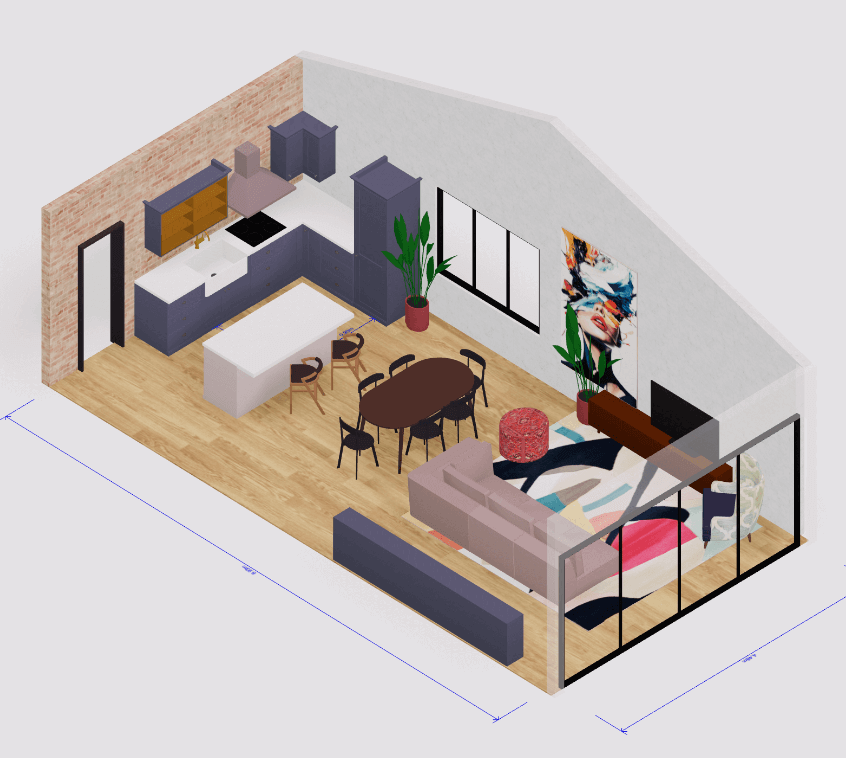 3D house design tool
3D house design tool
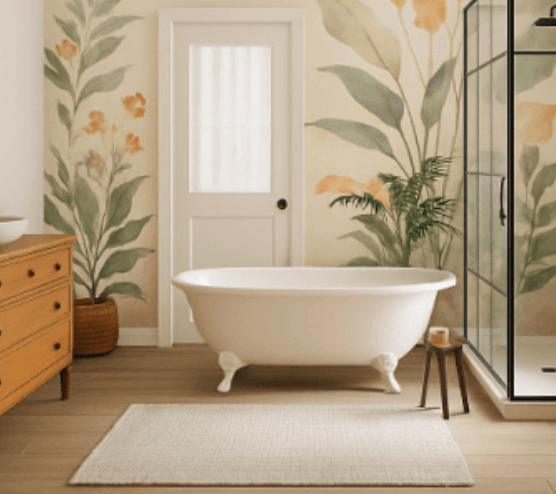
 Color palette generator
Color palette generator
 Floor plan creator
Floor plan creator
 Interior design app
Interior design app
 Kitchen design tool
Kitchen design tool
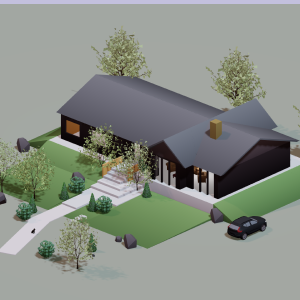 House design software
House design software
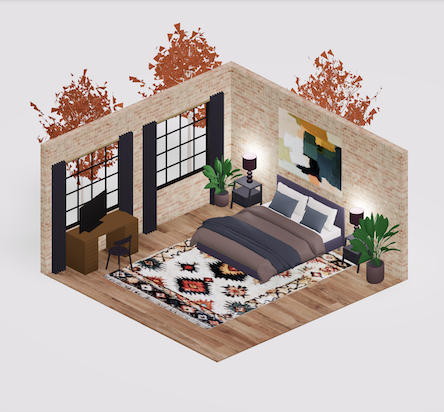 Room designer
Room designer
 Landscape design software
Landscape design software
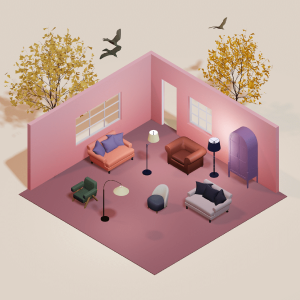 Bedroom design
Bedroom design
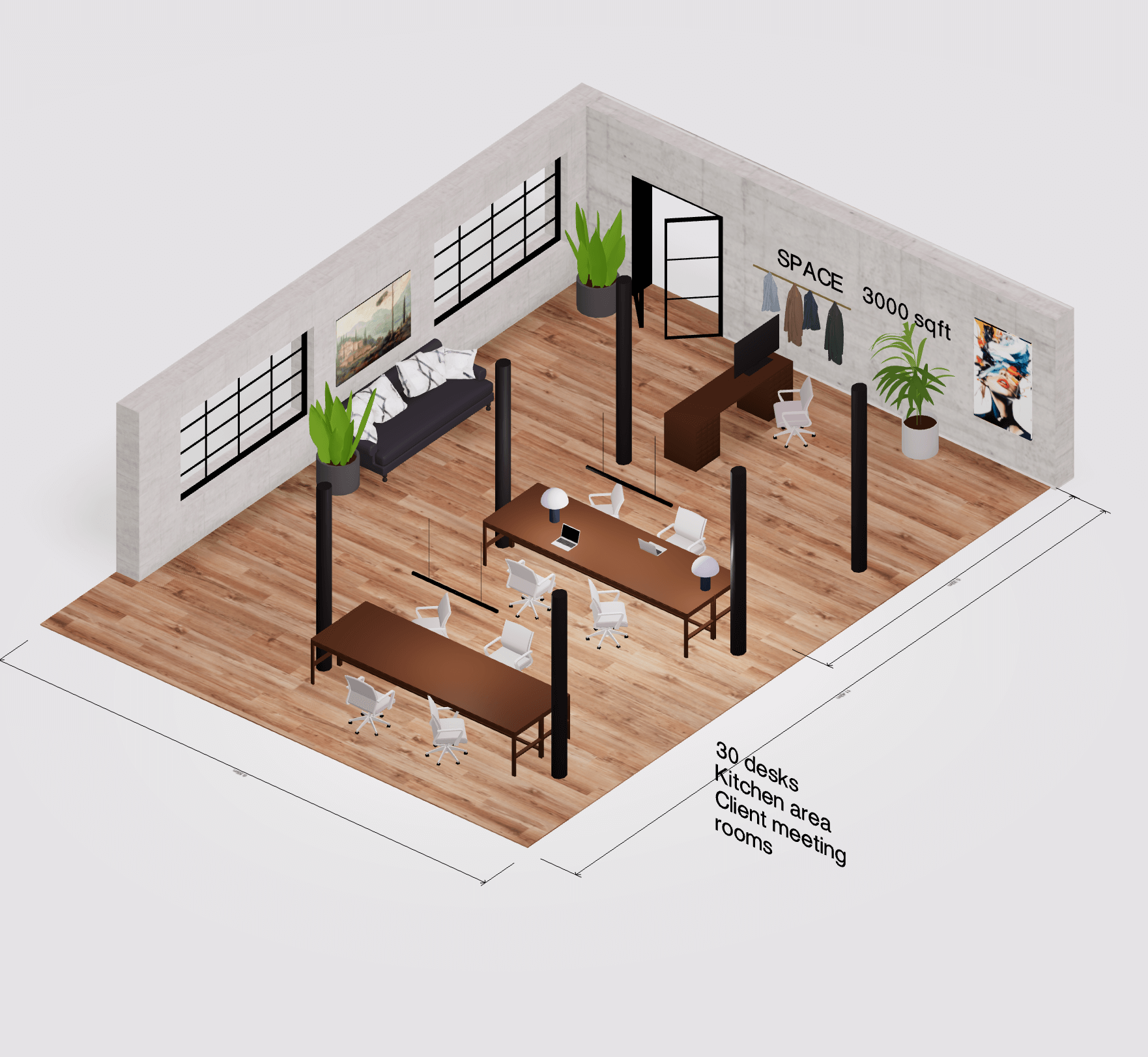 Office floor plan creator
Office floor plan creator
.png)



